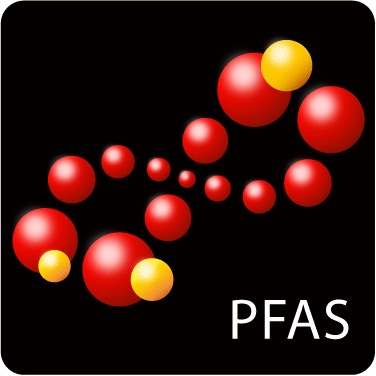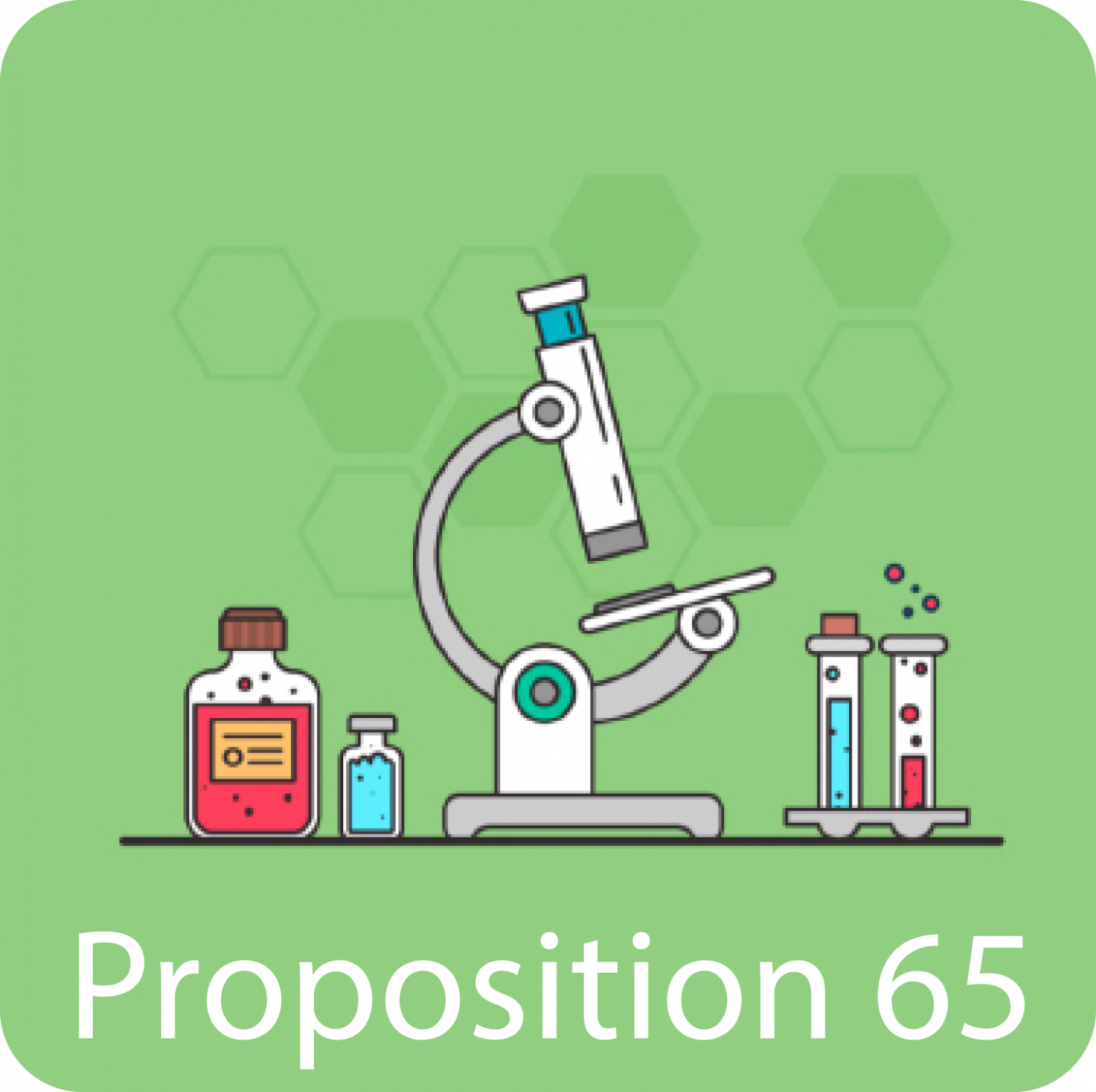PFAS Product Environmental Restrictions
PFAS, short for per- and polyfluoroalkyl substances, have attracted attention due to their remarkable durability, earning them the moniker “forever chemicals”. Currently, the European Chemicals Agency (ECHA) only regulates a handful of PFAS groups. Included are PFOS and PFOA, which fall under the scope of REACH and POP regulations.
However, change may be on the horizon. On February 7, 2023, the ECHA proposed a new PFAS regulation that may restrict approximately 10,000 groups of PFAS. If implemented, the proposed restriction would prohibit the use of PFAS in articles, mixtures, and substances (exceeding a certain threshold). The restriction would include an 18-month transition period, and some sectors – like biocides and medicine – could be allowed to bypass the restrictions for another five or twelve years after the transition period ends. Currently, the ECHA is undergoing a six-month consultation period to determine the merit of this proposal.






